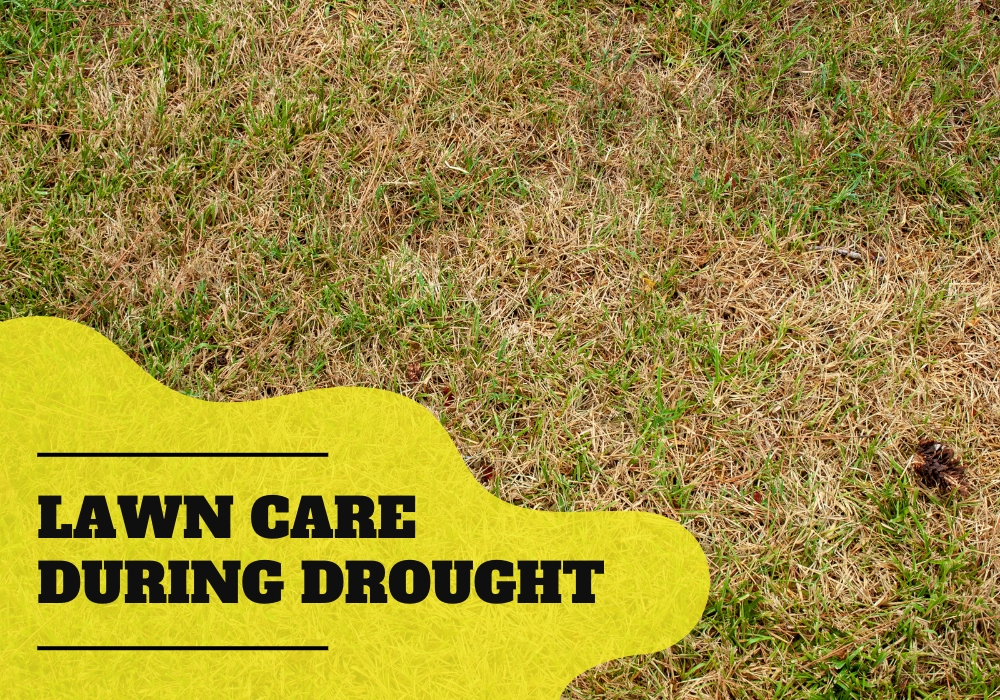Lawn Care During Drought
27th June 2023

During the hot summer months with little or no rain your lawn can develop brown spots or stop growing. As this look can be quite unpleasant to the eye it might be tempting to pick up the hose in an attempt to keep it looking lush, however it is advised from such tactics as our lawns are not the only ones needing the water during these unpredictable months. Your lawn will recover to its beautiful green once the rain returns, but there are several steps you can take to make sure your lawn is more drought resistant in the future.
What will happen to my lawn during drought?
It mainly depends on what kind of lawn you have. The generic domestic lawns tend to be more resilient to drought as it consists of more fescue grasses which are more robust than the manicured lawns that are composed of fine grasses and suffer in any levels of water deprivation.
During drought you will quickly notice the browning tops of the grass, however if your lawn is healthy and well-developed, the roots will stay alive and strong which will soon send out new green leaves once the rain returns. Ideally, you should always avoid using the precious water resources during the dry weeks/months of the year.
The lawn being strong and healthy will really play the main role in its resilience to lack of water, but severe drought can further weaken the roots and general condition of an already poor lawn and you will quickly notice weeds and moss developing once the rain returns.

What can I do during the dry months to help my lawn?

Watering
Now, we know that all of us would prefer to have the emerald green lawns all year round but it is essential to resist the temptation of watering your lawn during the dry period and save the water, just hold on until rain – sooner or later it will come!
The only reasons to water your lawn during drought would be if you just sowed or laid a new lawn though this should be done in autumn when the soil is moist and warm after the summer.
If you must, use rain water or grey water to replenish your lawn.

Mowing
It’s important to encourage deeper rooting, so aim to mow less often and raise the cutting height as much as possible since cutting too close to the roots in dry weather will weaken the grass and will affect its resilience to heat. It is also beneficial to leave the clippings in the grass to play the role of mulch and hold in moisture.
After drought care
The months after drought will be vital to your lawn care. Inspect the damage done, resow the patches that seem to have suffered the most and carry out other renovations to repair the damaged areas. This helps your lawn recover quicker and increase its resilience next year.
Note: Some specialist lawn suppliers sell drought-tolerant lawn seed-mix.
Prevention
The bottom line is that healthy lawns deal considerably better with dry spells. Regular lawn maintenance including scarifying and aerating the soil will produce strong, deep roots that will achieve that luscious green colour that we all aim to have in our gardens.
For more information and help with the issue simply pop in to your local Expert Hardware store and receive a truly personalised and expert advice as well as find the finest products for your everyday lawn care!
